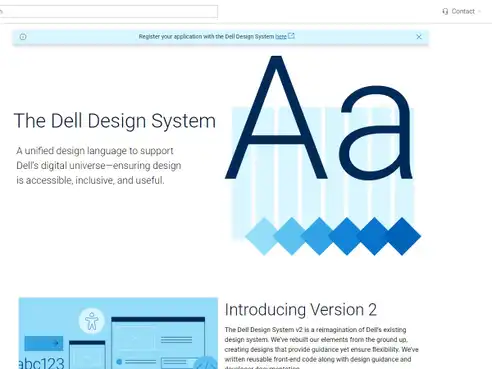What is Headless WordPress?
The word 'headless' is gaining popularity in the industry. High-performance results and great scalability tempt everyone - however, is it enough to give up on solutions that work? Headless Wordpress is an outstanding tool but comes with great responsibility. Written by Dawid ZimnyFor many of us, WordPress is nothing more than a platform designed for running simple sites and blogs. A few years ago that would mostly be the truth, but right now WordPress is so much more than that. Our beloved platform took a big leap forward when version 4.7 came out, giving web developers more flexibility in managing data stored inside the content management system.
So what exactly is Headless WordPress? As the name might suggest, it is a situation where the body is separated from the head. In this certain circumstance, our body is the front-end which is how the site appears to users. Along this line of reasoning, the body represents the back-end – or in our particular example – the admin dashboard.
In the standard WordPress scenario, both ends are glued together and have to cooperate to achieve the best results. One highly depends on the other which results in the ease of implementing ready-made solutions in the form of plugins or similar facilities.

However, with the requirement for more complex solutions, it can often make sense to reach for a tool that will help to create and maintain the front-end completely separated from the content management part. Headless WordPress is doing exactly that – it lets you have the admin dashboard in one place while sharing all of its data in any place you want. This can be crucial for companies posting content on more than one platform at the same time. While it’s one of the biggest advantages over the standard version, Headless WordPress has much more to offer.
The advantages of the headless approach
Separating the visual side from the content management system brings to the table a plethora of things. But what makes the headless so useful?
- Control over everything. Developers can take a custom path to achieve outstanding results on the front-end, as they are not limited by things that WordPress makes available to use.
- Speed. The headless approach removes all unnecessary things which cease to be relevant when both ends are separated. Thanks to that, the visual side starts with a blank canvas, giving great page speed results.
- Security. Having separated environments makes it much harder to gain access by somebody unauthorized.
- Multi-channel distribution. The back-end data can be requested by any external application. This provides great flexibility in sending and receiving content both for the content author and the publishing party. Sharing data with your phone or web app couldn’t be easier.
- Increased scalability. The headless instance makes it easy to quickly scale everything up. As your brand grows, Headless WordPress can be easily modified to match your business’ new needs.
The disadvantages of the headless approach
Headless WordPress comes with great responsibility. The site created in this certain way will achieve amazing performance results but at the expense of something else.
- Lack of plugin support for front-end technologies. The biggest deal-breaker is the fact, that there won’t be an easy way to implement visual components prepared by plugins that have only standard WordPress functionality in mind. Front-end has to be properly customized to be fully functional compared to a few clicks and copy + paste on a standard instance to achieve the same results.
- More maintenance. While going headless, there are two systems to maintain instead of one. Updating everything separately might be time-consuming and potentially create technical problems.
Standard vs Headless WordPress
In different cases, specific solutions will work better than the other. The question is – what your website really needs? Do you want to score high on Google Insights, prioritise extendibility and recycle the same content in multiple environments? Go headless. Maybe you would love to have a static website with additional plugin functionality and low maintenance costs? Standard WordPress is something for you. When it comes to picking a technology, tell your web development agency what you need, and they will tell you which technology would suit you best.
The future of Headless WordPress
Headless WordPress has been a hot topic for a long time already – however, the idea itself still needs answers that will eliminate the biggest technical problems. The headless approach should be easily accessible and easy to maintain to get more publicity. Currently, there’s a lack of big names trying this technology. Facebook Brand went headless with great success as their website is fast and scalable, but still, they could achieve the same effect using any other content management system. Hillary Clinton’s development team did an excellent job as well, creating a headless WordPress website that is not complicated and does not require any additional plugins to work properly.
All signs point directly that over time there will be a much bigger demand for headless WordPress pages. Developers will begin to create tools to simplify the process or create a system that will bring to the table all headless benefits without losing the perks of having a standard WordPress website. But until that, we still can use the data provided in a structured, consistent fashion and display it however we want without additional libraries that noticeably slow our website.
Headless websites in our portfolioWhy do GOV.UK, Google and IBM have a design system
Read the article
Can you make WordPress work for your business?
Originally published Nov 07, 2019 8:34:43 AM, updated May 13 2024.



Join the conversation
Looking to share your feedback and join in on the conversation?